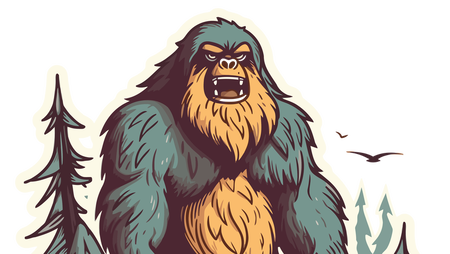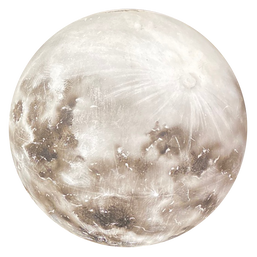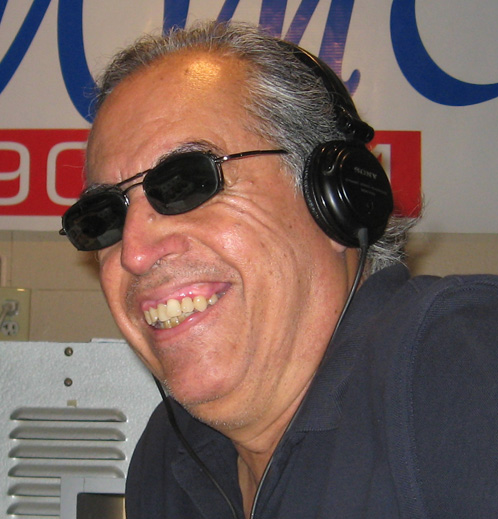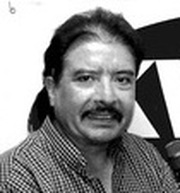Ramble On by Ken HerreraCreated on March 1, 1872, President Ulysses Grant signed S.392 into law, creating the first national park- Yellowstone.
Home to a large variety of elk, bear, wolves and other wild game, along with half of the worlds geysers including Old Faithful in Wyoming, the beauty of this national park is indeed a sight to behold. Is there however, a hidden danger that lurks beneath this majestic wonder of the world? According to scientists, the Yellowstone super volcano has had three major eruptions with the first being 2.1 million years ago. The second occurred 1.3 million years ago, and the third and last major eruption was 640,000 years ago that created the current caldera. What would happen if Yellowstone were to erupt in the future? If the eruption follows its predecessors, then the lava flow wouldn’t travel beyond the parks boundaries, according to the USGS. The problem would be the ash released by the blast. The fallout would include short-term destruction of Midwest agriculture. Rivers and streams would be clogged with thick gray muck measuring nearly 40” in depth 321 miles away in Salt Lake City, Utah with the ashfall extending to the east coast. Parts of Texas could receive as much as 1.811 inches of ash! If you’re wondering if there is any evidence that Yellowstone will erupt soon, the answer is no. Yellowstone is behaving as it has for the past 140 years. Odds are very high that Yellowstone will be eruption-free for the coming centuries. So, go ahead and plan your summer vacation. Take the scenic route to the mountains of Wyoming and breathe in the fresh air and partake in the beauty of Yellowstone National Park but don’t try to pet any buffalo! Ramble On by Ken Herrera Some say the legend goes back beyond recorded history. Some say it began in the Northwestern United States. But in 1958, in a small news item written by journalist Andrew Genzoli, is where the legend and the name began. Yes, I’m referring to BIGFOOT! Bigfoot, or sometimes known as Sasquatch, is a giant ape-like creature that some people say roams throughout North America. It is a cryptid ( or species rumored to exist) and just like the Chupacabra or the Lochness Monster, there’s scant evidence to suggest Bigfoot is actually out there. But that doesn’t stop alleged sightings of the ape-like figure that never shows it’s face. Visual sightings and even alleged photographs and films (notably by Roger Patterson at Bluff Creek, California in 1967) have also contnbuted to the legend, though none of the purported evidence has been verified. A Bigfoot is said to stand from 6-10 feet tall, standing on two feet, often giving a foul stench, and either moving silently or emitting a high-pitched cry. Alleged footprints have purportedly been measured up to 24” in length and 8” wide. And yes, there is even a small group of insistent scientists risking ridicule, vocalizing their belief that the creature does indeed exist! The Bigfoot Field Researchers Organization, founded in 1995, is the only scientific research organization exploring the Bigfoot mystery. Even here in the State of Texas, there have been a reported 253 total listings with the latest report coming out of Wood County, Texas in March 2024. lfyou are wondering if there have been sightings in Val Verde county, the answer is NO! Happy Bigfoot sighting, everyone! RAMBLE ON by Ken Herrera Our nearest celestial neighbor, the moon, formed approximately 95 million years after the formation of our solar system which is itself roughly 4.6 billion years old. How did it form? There are various theories about its formation. Scientists have suggested that a chunk of the Earth was blown away due to an impact with a smaller object about 10% the mass of our primitive molten planet. This is known as the large impact theory. While this theory is most widely accepted in the scientific community, others say that the moon was captured or even that Earth stole the moon from the planet Venus. Even scientists can’t agree! What they can agree on is that the moon is a rocky formation just like Earth. On average, the distance from the Earth to the moon is 238,855 miles. At its Perigee (closest approach to Earth) 225,700 miles and at its Apogee (farthest distance from Earth 252,000 miles from Earth. With that being said, many people believe in some conspiracies pertaining to our moon. One conspiracy is that the 1st manned lunar landing in July 1969 along with the other Apollo missions were faked. Conspiracy theorists believe that Neil Armstrong and Buzz Aldrin acted out their mission on a secret film set. Did they? You can decide for yourself. Currently, the Artemis program is a moon exploration program intended to reestablish a human presence on the moon since the end of the Apollo 17 mission in 1972. Time will tell if humankind makes it to the next settlement- a permanent lunar base on the moon and next possibly, an excursion to Mars! Let’s go!! RAMBLE ON by Ken Herrera What is HISTORY? By definition according to dictionary.com it is the branch of knowledge dealing with past events; a continuous systemic narrative of past events as relating to a particular people, country, period, person, etc., usually written as a chronological account: a systematic account of any set of natural phenomena without particular reference to time. Does anyone really understand what is happening in our world today? There are people out there trying to erase history. Schools no longer teach the American History the way it was once taught. In other parts of the world we are seeing Jihadists destroy Roman monuments. We have witnessed the Taliban destroy Buddhist statues carved into the mountains over 1,000 years ago. We have a history of watching Nazi Germany destroy books in bonfires. Does this bring us a better life by destroying history? Are we erasing history only to make some of the same terrible mistakes and create a new path? The problem with rewriting history - making it sound prettier, not as bad, not as nasty - is that, in addition to being offensive and inaccurate, it inflict harm on history itself. History is about understanding facts and learning lessons of what not to do and the mistakes that should not be repeated. History is the description of how the world got to be what it is today, and that is learned through facts about the past. If we change history, we are doing a disservice to the children who will grow up knowing nothing about how we came to be. For example, what if Germany rewrote the entire history of World War II, including the atrocities of the Holocaust? Or if the United States, during the same war, wiped out the interring of thousands of Japanese-American citizens. Or if Japanese historians erased the bombing of Pearl Harbor, which drew the United States into the war? While it might be easy to forget about past mistakes, the tragedy of a lesson unlearned is that one has no way of understanding when they are about to commit the same error. The sacrifice of so many must not become a footnote in the memory of humanity, but rather a well defined chapter. That way, it can be read and reread by generation who may understand the dangers of political systems that manipulate the mind and imprison the soul. We, as a nation and as a people, absolutely not try to rewrite history. We must teach it, and learn from it, and we should move forward to make our country and world a better, and more enlightened place for our future generations. |
�
KWMC
|


 RSS Feed
RSS Feed



